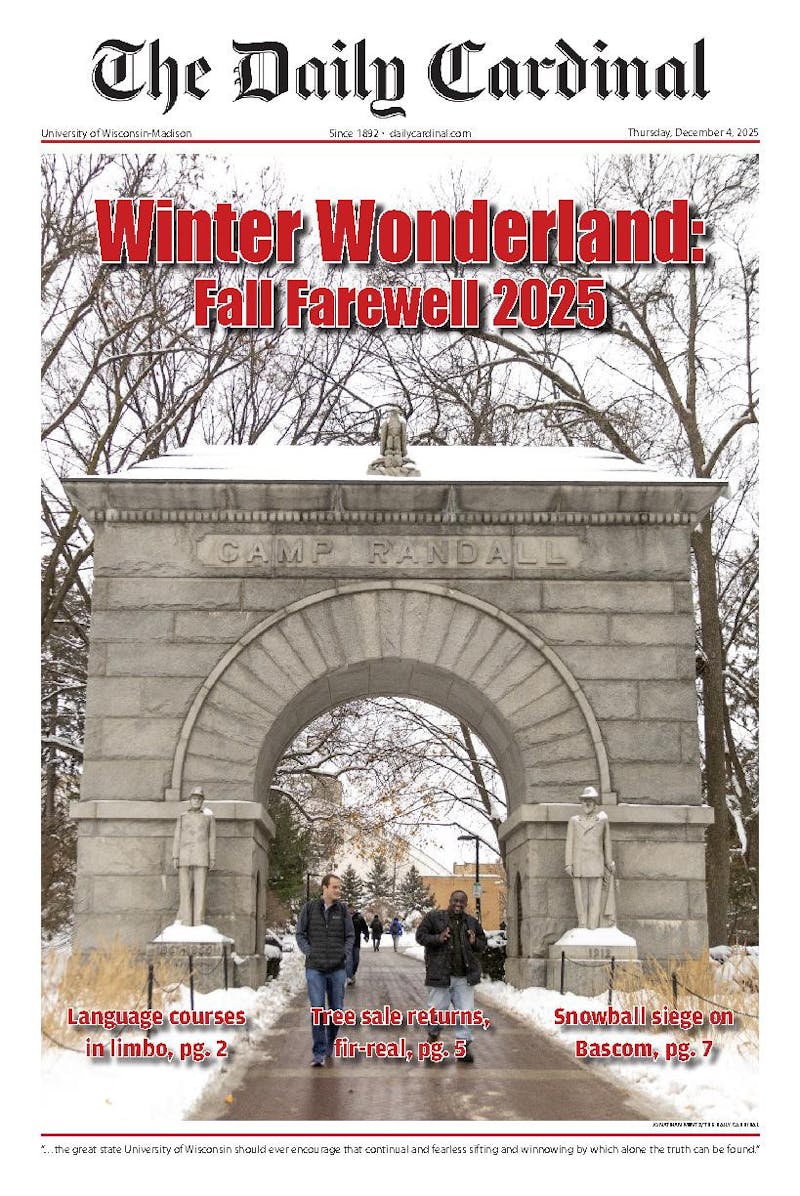Following a recent hiatus of further discussion, a committee of scientists that advises the federal government decided to allow researchers to publish two controversial scientific papers that explain how to modify the H5N1 virus, known as the avian flu, to be transmissible through the air.
Contention began last November, when the federal government asked the researchers, including Primary Researcher Dr. Yoshihiro Kawaoka of UW-Madison, not to publish their studies. Although researchers believe the studies could help provide valuable information about how humans contract the virus, opposing groups argued that publishing the research could provide bioterrorist instructions to create the swine flu infused virus that has killed 60 percent of those infected.
The negative attention led to a decision by more than 30 groups including Kawaoka’s to suspend further research for 60 days to discuss the studies’ opportunities and challenges with worldwide governments and organizations.
But the hiatus ended March 30 when the two leading research teams presented a committee of scientists, called the National Science Advisory Board on Bioethics, with revised details showing the studies were not as harmful as initially thought. This led to the NSABB’s decision to allow full publication of the studies.
Kawaoka’s research team and a Netherlands-based team initially conducted similar but separate research to further understand the virus and create vaccines. The natural virus is not easily spread among humans, but the new lab engineered virus spread readily among ferrets, which suggested it could be contagious among humans because ferrets have similar reactions as humans to flu viruses.
But the researchers explained that despite transmissibility of the virus through the air, it did not actually kill the ferrets, suggesting the virus would not be lethal to humans as initially feared. Researchers also found they could easily cure infections with medicine.
While a publication date has not yet been set, top scientific journals Nature and Science will publish the papers soon, according to a Washington Post article.





